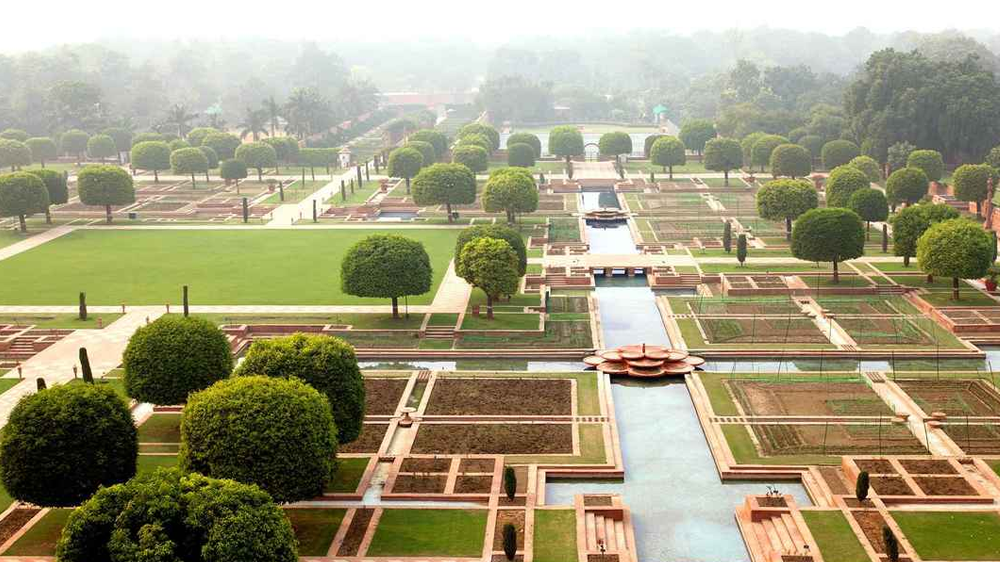Landscape Architecture deals with the relationship between man-made Structures grouped together as “Architecture” and the environment which we see as the “Landscape”.
Landscape architecture is usually perceived as designing a garden space or knowledge about trees. It would be more accurate to look beyond the visual aspect of the garden and discuss the principles and elements that shape the design of the garden responding to the context. Landscape architects are shaping the face of the earth across cities, towns, and countryside. Landscape architecture involves shaping and managing the physical world and the natural systems that we inhabit.
Landscape architecture combines art and science to make places. The art provides a vision for a landscape, using drawings, models, computer imaging, and text. The elements of design, such as line, shape, texture and colour, are used to create these images, and the process allows the designer to both communicate with an audience and to visualize the site in order to act upon it. The science includes an understanding of natural systems, including ecology, geology, soils, plants, topography, hydrology and climate.
Landscape architects are broad thinkers who thrive on the big picture. They are the prime members in discussions related to global environmental issues like climate change, droughts, heatwaves, famines etc. They provide sustainable solutions and are prime contributors to urban planning and policymaking.
All living things are interdependent and Landscape is where they all come together. The context is social, cultural, environmental and historical.



